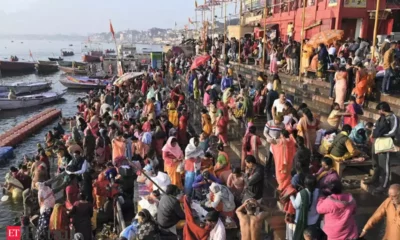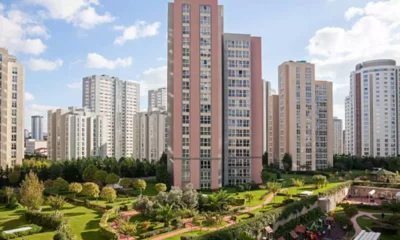Report
Buying a home: within municipal limits vs. gram panchayat localities, JLL report


The following is the report by Ashwinder Raj Singh, CEO – Residential Services, JLL India
The decision of whether to purchase a home within a city’s municipal limits or in one of the gaothan / gram panchayat localities can be a perplexing one. There is usually a significant cost arbitrage implied in the second option, but it often does come with drawbacks as well. Let us examine both options.
Investing within municipal limits
There are definitely distinct advantages to buying a property that falls within the city’s municipal limits. For instance, such properties can usually depend on a more regular water supply from the municipality. Infrastructure is another function for which the municipality is responsible, so projects within the municipality limits tend to enjoy better roads. There will usually be a very decent saturation of shopping outlets and hospitals in such localities.
Also, the population residing within the municipal limits tends to be of a more cosmopolitan nature, as well. The downside is that properties in such areas tend to cost quite a bit more, and the property tax, as well as maintenance charges, are invariably also higher than in gram panchayat areas.
Investing in a gaothan/gram panchayat area
Gram panchayats or gaothans are basically village areas. Though many of them have seen rapid development, the fact is that this development is largely opportunistic. Developers are attracted by two aspects – the lower cost of land, which they or the original landowners generally get converted from agricultural to non-agricultural usage, and the growth prospects of such areas, which can be quite considerable.
Because of the lower land costs, property prices also tend to be lower. This attracts many buyers who have budget constraints and do not mind the inherent drawbacks which projects in gram panchayat areas often have. To begin with, these areas are not connected to the municipal water supply – in most cases, developers will make their own arrangements via tankers or bore wells. Though these provisions may suffice for a while, especially in the case of smaller projects, they are much less reliable.
Provision of infrastructure such as roads is also vested solely in the gram panchayat authorities, so it tends to be of a much lower quality than in municipal areas. The population in such areas tends to lean heavily towards the original inhabitants, which means that the cosmopolitan flavour is usually missing. Shopping outlets, healthcare and schools may be of a visibly lower grade – though this is not always the case. Much depends on how a particular gram panchayat is juxtaposed with better-established and therefore more upgrade localities in the municipal limits.
To sum up…
For investors and end-users, properties falling in gram panchayats can be a very lucrative opportunity. The initial investment is invariably lower, the growth potential can be quite high if the locality is slated to be included within the municipal limits in the foreseeable future. When that happens, the quality of services will start improving rapidly and the property prices will surge steeply upwards. However, this is probably not a route that end-users intent on securing the highest grade of comforts immediately should take. Investing in a home within a city’s municipal limits usually costs more, but it will usually be preferable for those who are looking for a ‘what you see is what you get’ deal.
-



 Interviews4 weeks ago
Interviews4 weeks agoHigh Rental Yield, Price Appreciation, Stable Growth, Make Sydney an Ideal Realty Investment Option: Haansal Estate
-



 News3 weeks ago
News3 weeks agoManasum Senior Living Launches IKIGAI GOA, A Senior Living Community in North Goa, in collaboration with Prescon Homes
-



 News2 weeks ago
News2 weeks agoKW Delhi 6 Mall Onboards New Brands
-



 News3 weeks ago
News3 weeks agoBridging India Divide: Top 5 Tier- 2 Cities to Focus On
-



 News1 week ago
News1 week agoGodrej Properties Sells Rs 3k cr+ Homes of Godrej Zenith, Gurugram, within 3 days
-



 News2 weeks ago
News2 weeks agoCommercial Realty Gets Tech Savvy: Fast Construction, Enhanced Convenience
-



 News3 weeks ago
News3 weeks agoMultipoint Connection – A Definite Boon
-



 News3 weeks ago
News3 weeks agoSacred Cities See a Retail Boom as Spiritual Tourism Surge: CBRE Report















